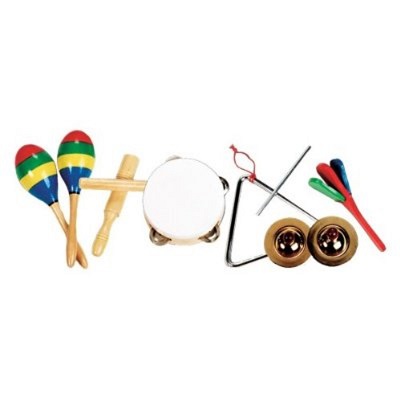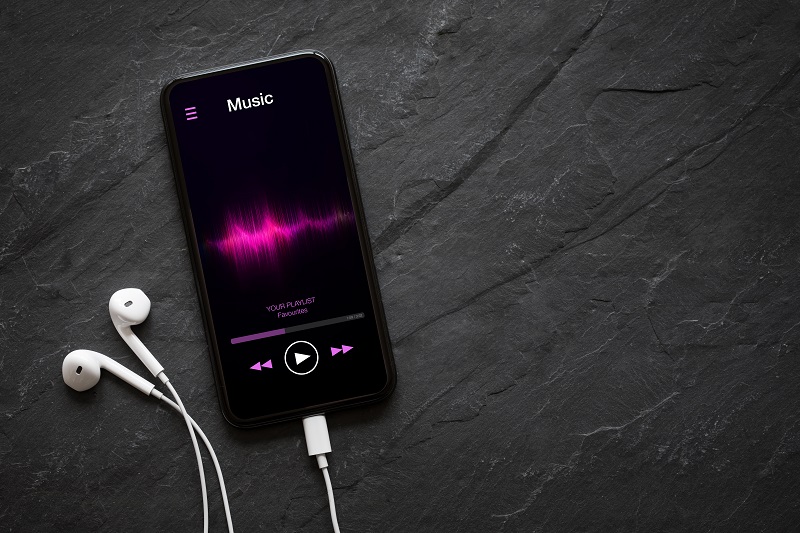Benefits Of Children Learning A Musical Instrument

Importance Of Music Education In Schools
December 3, 2021
Understanding How Metering and Billing Works in Today’s Digital Music Apps
December 1, 2023Benefits Of Children Learning A Musical Instrument

Music can benefit growing children, but they must actively participate in music classes. When learning to play an instrument, children must be patient with themselves and be willing to put in the hours, days, and even years of practice required. Learning to play an instrument provides children with an outlet for practicing, listening to feedback, making adjustments, and observing positive changes in their performance. Therefore, the international school in Chennai (https://www.internationalvillage.org/) make music lessons mandatory for their children. Read more here on the types of musical instruments you can teach them early.
What Are The Advantages Of Learning A Musical Instrument?
- A child who learns to read music will play an instrument with greater fluidity as their abilities progress.
- Music introduces people to new cultures, and children can better understand their instruments due to exposure to these cultures.
- Children can develop their hand-eye coordination by playing an instrument, and the trombone is an excellent example.
- Playing an instrument encourages a child’s artistic side, but music also encourages them to think critically and develop their problem-solving abilities.
- Music is one of the most effective ways for children to express feelings that they may be too embarrassed or unable to express verbally.
- Music helps children improve their memory skills by helping them create, store, and retrieve memories like that of a brain workout.
- A child can learn how to respect their peers by playing an instrument in a group.
- Your child should enjoy the instrument you choose for them, and you should also consider what they enjoy.
- Studies have shown that playing musical instruments can be beneficial to the brains of young children and that the act of creating music has even greater developmental benefits than simply listening to music.
- Playing a musical instrument can improve learning, brain development, and social skills and be fun for children.
Music Benefits Toddlers. How?
Giving your child an instrument to play with can help them develop fine and gross motor skills.
When toddlers play with instruments, they learn to use movement, balance, hearing, and touch. Playing an instrument with your toddler will improve hand-eye coordination, teach patience, and give him a sense of accomplishment. Children who play instruments experience increased brain development compared to children who do not. Musical instruments for toddlers are the best developmental toys for toddlers. You can experiment with music and musical instruments without spending any money. A musical instrument should have a sound that your child enjoys, and they should enjoy themselves while playing it. Gender plays a role in selecting musical instruments for children, but stereotypes are beginning to fade away in most of the best schools in Chennai. When choosing the best musical instrument for your child, allow them to make their own decision.

A Guide On Musical Instruments For Kids Recommended By Best Schools In Chennai
There are many musical instruments available for children, and you should allow your child to explore their creative side. Some of the best ones are:
- Yamaha CGS102A is a spruce top, meranti back and sides, and a tuner.
- Hape’s Early Melodies Ukulele is a great musical instrument for children because it is simple to tune and strum. This musical instrument comes in three pieces and produces a more pleasant sound than the whistle-like recorders that schools frequently distribute.
- The Harpsicle Harp is a beautiful musical instrument suitable for beginners and more experienced adult players.
- The violin is a great musical instrument for kids but difficult to learn and requires manual dexterity and an excellent ear for intonation.
- The Twelve-Hole Ocarina is a musical instrument made of plastic and is a good option for children due to its durability and visual appeal.
- Children should not play with real drums until they are 12, but some incredible toy drums can help them grasp rhythmic progression fundamentals. It provides them with all of the advantages of playing the drums while also allowing them to practice with headphones on, turning one of the loudest instruments in the world into one of the quietest!
- Young children are fascinated by xylophones and glockenspiels, which isn’t half bad either.
- Our favorite musical instrument for children is the Loog Guitar, a narrow neck, three strings, flashcards, and an iOS/Android app.
- Children’s rockstar sets are a popular birthday gift for children who have a sense of rhythm. They are also a great way to determine whether your child has any musical aptitude.
- A child can play the kalimba, a thumb percussion instrument, and produce enchanting and distinct sounds with their thumbs.
- The piano is a simple instrument to learn and is a great stepping stone for children who wish to progress to other instruments.
- The guitar is a popular instrument for children to learn, and it is a great foundational instrument that works well with a three-stringed bass guitar.
- Bass guitar is an underappreciated instrument, but it is essential to many bands’ sound, especially rock ones. Beginning on a smaller string instrument such as the guitar, ukulele, cello, or violin may be a good starting point for a future bass player.
- The ukulele is a small instrument that is easy to learn and play. It is relatively quiet.
- Saxophones are a great instrument for jazz, R&B, rock, blues, and blues.
- The Cajon is a Peruvian percussion instrument played with bare hands, sticks, and brushes. It has a low bass sound and a high snare sound.
- The didgeridoo is an instrument that requires muscles such as the tongue, cheeks, abs, throat, and voice to play.
- The recorder is a simple instrument to learn and an introductory instrument to the flute and clarinet. It is also used to teach breathing and finger positioning.
Conclusion
Sometimes, when children see a variety of musical instruments on display, they will naturally gravitate towards one particular instrument. It is how you should make them opt for their favorite ones. When selecting a musical instrument for children, the other factors to consider will be the size, weight, and type of instrument.

